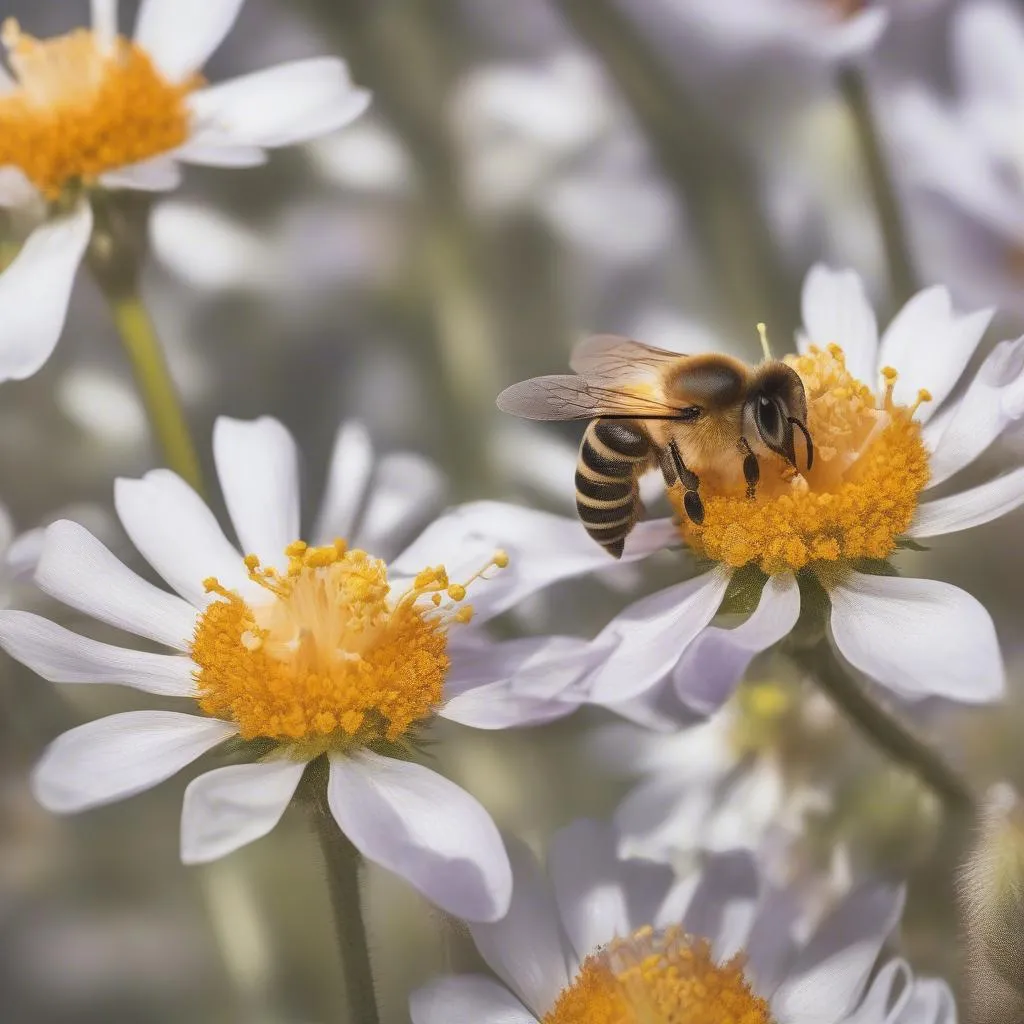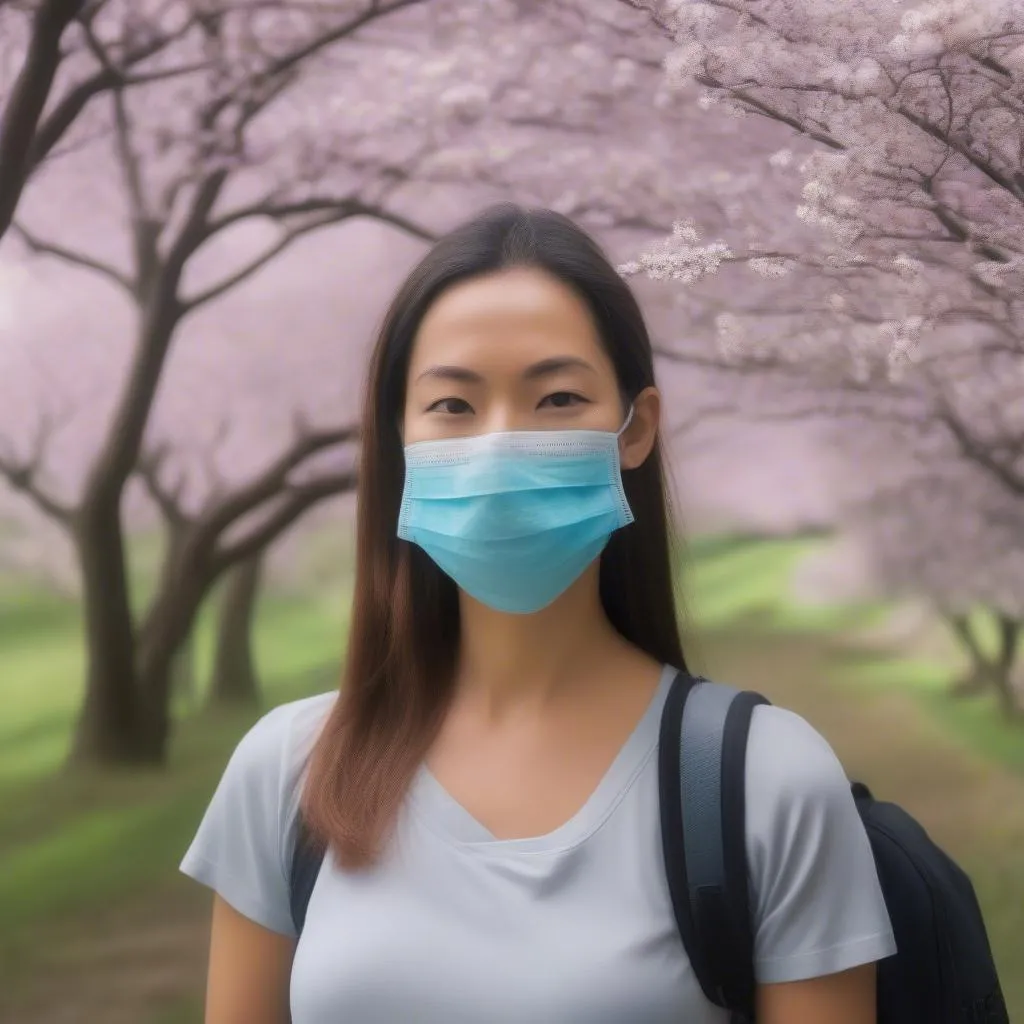Ever been stuck inside on a beautiful spring day, sniffling and sneezing, even though you’re miles away from the nearest blooming flower? You might be surprised to learn just how far pollen, those tiny particles that trigger allergies, can actually travel. It’s a bit like nature’s own version of a sneeze, spreading its reach far and wide.
The Incredible Journey of Pollen
While we might think of pollen as a nuisance, for plants, it’s essential for reproduction. Carried by wind, insects, or even water, these tiny grains carry the male genetic material needed to fertilize other plants. But just how far can pollen travel? Well, it depends on a few factors:
Factors Affecting Pollen’s Reach:
- Wind: A strong gust can carry lightweight pollen grains for hundreds of miles! It’s not uncommon for pollen from trees in one state to end up in another. Imagine planning a road trip through California’s Central Valley only to find yourself driving through a haze of pollen!
- Plant Species: Some plants, like ragweed (a major allergy culprit!), produce pollen that’s specifically designed for wind dispersal. Others, like orchids, rely on insects and have heavier, stickier pollen that doesn’t travel as far.
- Weather Conditions: Humidity and rain can weigh down pollen, reducing its travel distance. On the other hand, dry, windy days are perfect for pollen to spread far and wide, impacting even those who thought they’d escaped to less pollen-dense areas.
 Pollen Spreading by Wind
Pollen Spreading by Wind
Pollen and Travel: Planning Ahead
For travelers with allergies, understanding pollen patterns can be as important as checking the weather forecast. Here’s how you can plan your trips wisely:
- Check Pollen Counts: Websites and apps provide real-time pollen forecasts, helping you avoid those high-pollen days, especially if you’re planning outdoor activities like hiking in the Rocky Mountains or exploring the beaches of Miami.
- Consider Destination and Season: Different regions have different pollination seasons. If you’re sensitive to birch pollen, for example, a spring trip to New England might not be the best idea. Planning a fall trip to a place like Kyoto, known for its serene temples and gardens, could be a better choice.
- Pack Allergy Relief: Always carry your allergy medications, including antihistamines and nasal sprays. Consult your doctor about the best options for your specific needs, especially if you’re planning a trip to a destination with different plant life than you’re used to.
Beyond Allergies: The Bigger Picture
Pollen’s journey is not just about sneezing fits and travel woes. It plays a crucial role in our ecosystem:
- Food Production: Pollen is vital for the pollination of many crops, ensuring our food supply. Bees, butterflies, and other pollinators play a crucial role in this process, carrying pollen from flower to flower.
- Biodiversity: Pollen dispersal allows plants to reproduce and spread, contributing to the diversity of our planet’s flora. From the vibrant wildflowers of the Alps to the ancient forests of the Amazon, pollen plays a silent but vital role.
 Bee Pollination
Bee Pollination
Frequently Asked Questions:
Q: Can pollen travel through closed windows?
A: While it’s not impossible, pollen grains are relatively large and most won’t make it through a tightly sealed window. Keeping windows closed, especially during high-pollen times, can help reduce indoor exposure.
Q: Are there any benefits to pollen?
A: Beyond its role in plant reproduction, some types of pollen are believed to have health benefits, such as bee pollen, which is touted as a natural energy booster and immune system enhancer. However, more research is needed to confirm these claims.
Q: How do I know what type of pollen I’m allergic to?
A: Allergy testing, conducted by a medical professional, can pinpoint your specific triggers, allowing you to take appropriate precautions and manage your allergies effectively.
Conclusion:
So, the next time you’re planning a trip, remember that pollen might be a silent passenger! By understanding how far it can travel and taking appropriate measures, you can enjoy your adventures to the fullest, without letting allergies hold you back.
For more travel tips and insights, visit travelcar.edu.vn and discover a world of information to enhance your journeys.
 Traveler with Allergy Mask
Traveler with Allergy Mask